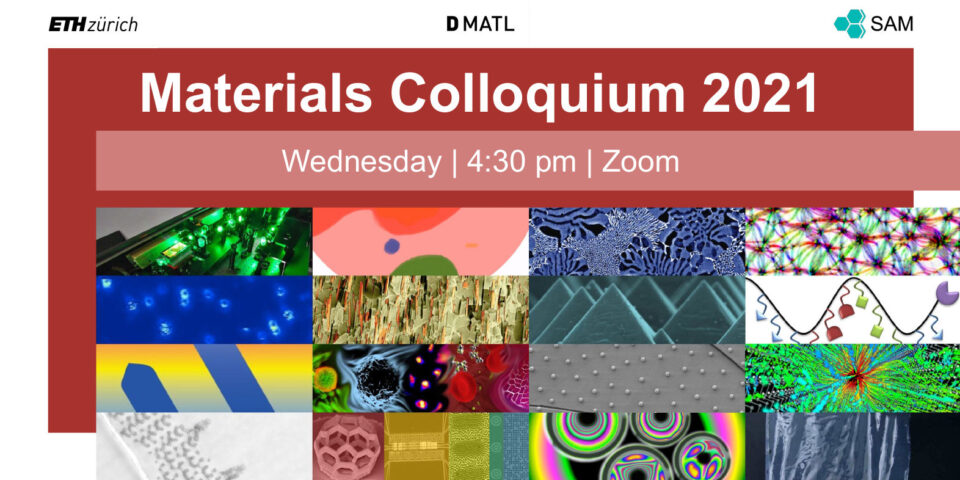Materials design for fast charge storage enabled by the mechanistic insights
Maria Lukatskaya (Electrochemical Energy Systems Laboratory – D-MAVT)
As electronic technology advances, the need in safe and long-lasting energy storage devices that occupy minimum volume arises. Short charging times of several seconds to minutes, with energy densities comparable to batteries, can be achieved in pseudocapacitors: a sub-class of supercapacitors, where capacitance is mediated by fast redox reactions and thus enables at least an order of magnitude more energy to be stored than in typical double layer capacitors. However, traditional pseudocapacitive materials are often high in cost and/or suffer from low cycling stability.
In my talk, I will discuss how the key performance metrics of pseudocapacitors – capacitance and charging rates – can be pushed to the limits in the materials that combine good electrical and ionic conductivities (ensuring fast charge transfer and hence charging rates) with high density of redox-active sites. In particular, I will discuss the electrochemistry of 2D transition metal carbides (MXenes) and 2D conductive metal-organic frameworks, with an emphasis on the mechanism of charge storage and electrode design.
Current-driven magnetic domain-wall logic
Zhaochu Luo (Mesoscopic Systems – D-MATL)
Development of complementary metal–oxide–semiconductor (CMOS) logic is expected to approach its fundamental limit as the scaling down of the CMOS technology is reaching an end. As a route to extend the technology roadmap beyond traditional CMOS logic, novel spin-based logic architectures are being developed to provide nonvolatile data retention, near-zero leakage, and scalability. In particular, architectures based on magnetic domain walls (DWs) take the advantage of the fast motion, high density, non-volatility and flexible design of DWs to process and store information. Such schemes have so far relied on DW manipulation and clocking using an external magnetic field, which hinders their implementation in dense, large-scale chips. Here we demonstrate a method for performing all-electric logic operations and cascading using DW racetracks. Our concept for the magnetic DW logic is based on current-induced DW motion in magnetic nanowires with tunable magnetic anisotropy and chiral interactions. Our work provides a viable platform for scalable all-electric magnetic logic, which could be used for memory-in-logic applications.
